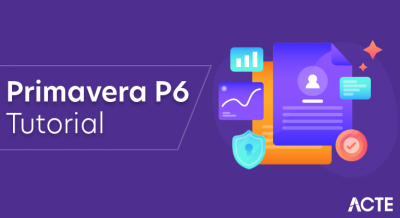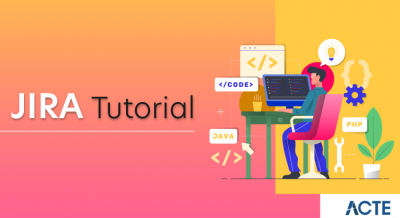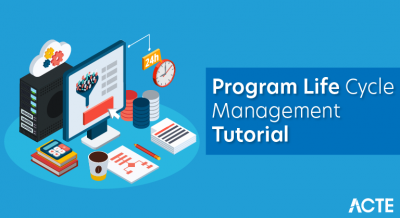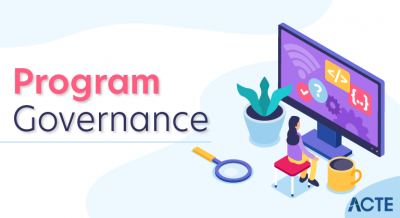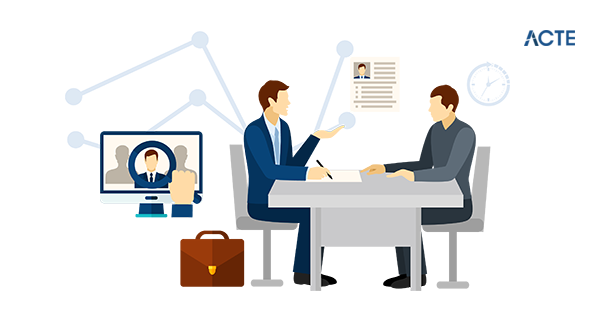

Planning and control is a governance theme that involves the preparation of different governance frameworks and information baselines.
The major information baselines covered under this theme are as follows:
- Program plan,
- Resource management,
- Information strategies and
- Corresponding plans.
Planning and Control
Following are the important activities involved in program plan preparation and program control:
| Program plan preparation activities | Program control activities |
|---|---|
| Processing a large amount of informationExtensive consultation with stakeholdersPreparing the program plan | Provide supporting activities to refine and improve the deliveryReduce the impact of ambiguity and brings certaintyJustify the continuance of the program |
- In case of the Program plan preparation activities, Preparing a program plan involves processing a large amount of information. This information comes from external sources like lessons learned from previous programs.
- The stakeholders including management groups need to go through an extensive consultation regarding this information to identify the right path for a program. The final program plan is a result of multiple iterations.
- In the beginning, the first iterations give ambiguous plans but with progressive refining and input from other information baselines, the program plan improves. Finally, the program plan is prepared.
- In case of Program control activities, Program control provides supporting activities and processes that run throughout the lifecycle of a program to refine and improve delivery of the program.
- It helps reduce the impact of ambiguity and bring certainty whenever possible. It justifies the continuance of the program by ensuring that benefits outweigh expenses. Also, the management and control of the program should learn from the experience in previous tranches.
Program Plan
The program plan is the key control document for a program which forms a complete picture of how the program is going to work. Following are the functions of a program plan:
- Program plan has to ensure that there is a clear understanding of the program objectives mentioned in the vision statement.
- The blueprint should have the ability to achieve the objectives and the same is confirmed in the program plan. Benefits should be linked to projects and tranches, and similarly, the projects should contribute towards the benefits.
- Program plan gets inputs from various documents.
- The inputs from resources, on their capacity and skills, form a part of the program plan.
- The stakeholder needs regarding appropriate information also form a part of the program plan.
- The risks and issues as well as identifying the roles of responsible persons should form a part of the program plan.
- The timetable in the program plan identifies the dependencies and interfaces between projects and benefits.
- The program plan lists the milestones to ensure that the progress is monitored.
- It is important to ensure that transition is smooth by considering the cultural aspects and acceptance of teams involved in change.
- A number of governance strategies include associated plans and it is perfectly acceptable to integrate these plans into the program plan for simplicity, wherever appropriate.
- Developing and maintaining the program plan requires on-going coordination of all project plans.
- The focus of program planning is on the interdependencies between projects and any dependencies on external factors outside the control of the program.
Resources
Any input required by a project or program is known as the resource. Resources in MSP are as explained below:
- The resource covers people, assets, materials, funding, and services. Resources, especially people, should have finite availability.
- Shared resources, which include resources that will be used by two or more projects, should be planned and managed by the program.
- Minimizing resource sharing between projects will help prevent the occurrence of bottlenecks. But resource sharing also helps promote knowledge sharing, organizational learning, efficient and fluent working.
- Managing human resources is complex as they can have limits on skills, numbers and emotional constraints.
- Planning at all levels should not disregard limits of competence, else it will result in unrealistic plans.
- Team building should be employed by teams, where there are no interpersonal relationships.
- Team building helps the teams to work efficiently.
Resource Management Strategy and Plan
Following are the steps involved in resource management strategy and plan:
Step 1:
- A major part of resource management planning is to identify all resources that are needed by the program in terms of budget, skills, staff, assets and services and how they will be acquired, used, shared and managed effectively.
Step 2:
- The plan should include the required specialist skills and identify where and when they will be needed. Some examples of such skills are requirements for procurement and contract management in line with corporate policies.
Step 3:
- Develop resource management strategy along with program plan to ensure that they are in sync and the resources required to match the planned activities and timescales.
Step 4:
- Resource management plan reflects the timelines for resource requirements and designations of responsible persons.
Step 5:
- While preparing a resource management strategy, represent shared resources as dependencies and plan their use to optimize them. Typical examples of shared resources are staff, infrastructure, information and external service providers.
- In the next section, let us discuss risk management.
Risk Management
Implementing the program plan will inevitably have risks associated with it.
- Individual projects may face critical risks which may jeopardize the whole program. All assumptions must be managed as risks.
- Identifications of risks along with suitable responses should be a part of the program’s risk management activities.
- Plan contingencies and risk management activities based on the program plan and risk management strategy.
- This will ensure that the program is in good shape to respond to risks in case they actually occur.
Projects Dossier
- Projects dossier in MSP contains a summary description of all projects that combine their outputs to deliver the program, that is, the required intermediate and final “to-be” states as described in the blueprint.
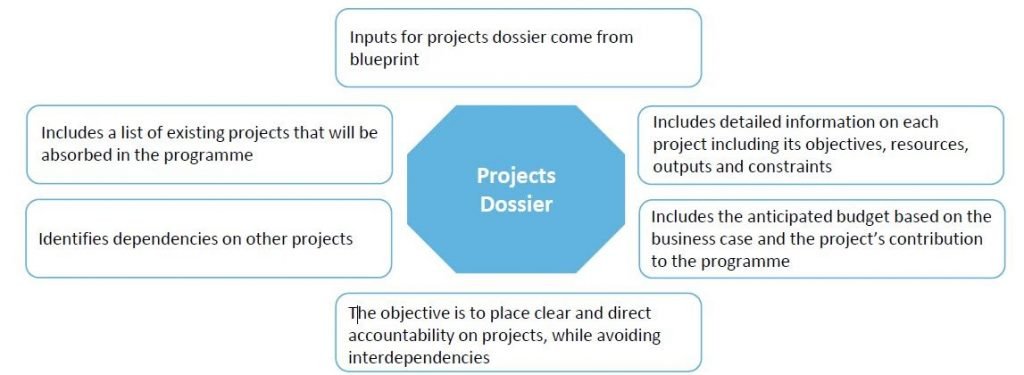
Program Control
- Program controls in MSP are arrangements made to ensure that the program is moving in right direction.
Following are some important facts about program control:
- They should be established as soon as possible with assurance arrangements being defined in program mandate and further developed in program preparation plan.
- End of tranche reviews is critical control points where the viability of the program is assessed. At this point, it is needed to make decisions as to whether the program should be continued.
- This decision should be based on:
- on-going desirability and viability of blueprint, benefits, availability of finance and ability to meet corporate objectives.
- Programs should avoid micromanaging the projects within it.
- Projects should be empowered; however, they need clear tolerance limits so that they do not exceed the delegated authority. Allowing project managers to manage their projects within defined tolerances set by the program is good program management.
- Communicating the right information between project and program is a major consideration while establishing program controls.
- It is essential to maintain communication flow between program, projects, and operations. The aim of this communication flow should be to re-use information included in standards that are introduced as part of program governance.
Monitoring and Control Strategy
Monitoring and control strategy explains how the program will be controlled internally. The following are some important features of monitoring and control strategy:
- The primary focus is on how the program will maintain governance and control over its project and change activities.
- Monitoring and control strategy ensures that projects are started and executed in a controlled way and that they have appropriate stages defined.
- These stages should enable the program to approve, stop or re-direct projects effectively to ensure that they remain aligned with the evolving program.
- The monitoring and control strategy also focuses on how project interdependencies are managed.
- In addition, it focuses on how programs ensure that it is running efficiently and meeting its objectives.
- The content, structure, and format of the program plan are also defined in monitoring and control strategy.
Integration of Information
- In situations where pre-existing projects need to be adapted to the program, the relevant project information should be integrated into the design of the blueprint and program plan.
Following are the main areas that the integration of program and project information covers:
- The strategic-level changes that alter the program’s blueprint, vision or business case and impact live projects or those that are about to start.
- The responsibilities and accountabilities from program management governance strategies that might impact at project level should also be accounted for.
- Tolerance levels for project-level cost, timescale and quality should be defined, and project milestones and review points should be clearly identified for each project.
Information Management Strategy and Plan
- Information is at the core of any program. Decisions must be made at the outset on how to ensure that the information is reliable.
- All crucial decisions regarding the viability of the program will depend on rigorous management of information on the progress of projects, stability, and performance of the business.
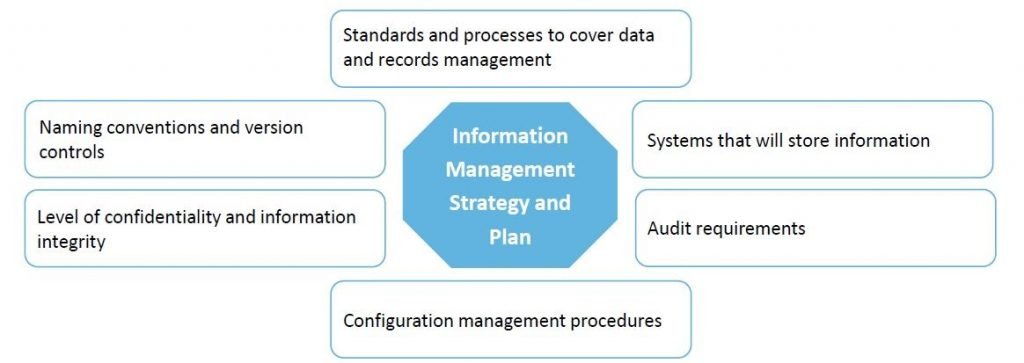
The following are the contents of the information management strategy and plan:
- The information management strategy and plan include standards and processes to cover data and records management to be used during the program plan.
- It also defines naming conventions and version controls.
- It details the systems that will store information.
- The level of confidentiality and information integrity required for the program at different levels.
- It sets out the audit requirements and
- Configuration management procedures for the program’s life cycle.
Progress Monitoring
Following are a few important facts about progress monitoring:
- The program management team needs to establish monitoring while implementing the program plan.
- This monitoring process should result in management intervention to address issues, thus preventing the program from drifting off target.
- The end of the tranche is the key review point at which formal assessment of progress and benefits realization is made. If a tranche is lengthy, plan assurance within the tranche itself without waiting for its end.
- For this purpose use, anything tangible, available or a milestone achieved, which can be reviewed and assessed.
- The program is subjected to gated reviews at key points to assess its continuing viability against the business case.
- All these assurance reviews may involve internal audit, peer-level assessment or external scrutiny, depending on the type of program and its governance requirements.
- However, ensure that the information to be used for all these reviews should be valid, current, complete and accurate.
- Other than internal members, reviews should also be done by external members for unbiased results.
Planning and Controlling Transition
- Planning and controlling transition helps an organization in moving to a new operating model as a result of the program. Detailed transition planning is not practical until sufficient progress has been made in each individual tranche.
- This is because it requires both bits of knowledge of specific project outputs and state of readiness of the operations which are due to change. Successful benefits realization depends on the identification and effective management of all business changes stemming from the delivery of project outputs.
Following are the three phases of transition:
Pre-Transition phase
The first phase is the pre-transition phase.
- It acts as a preface to transition. In effect, it starts as soon as the program comes into public knowledge.
- The blueprint ‘as-is’ will define the baseline performance levels that will be measured for progress towards the anticipated future state of performance.
- Vision needs to be accepted by all stakeholders. Stakeholder engagement and leadership play a critical role in the build-up to change and ensuring stakeholder buy-in.
- Before initiating the transition, the stop/go decision needs to be made to ensure that operations are ready to accept new capability and go through the transition.
Transition phase
The next phase is the transition phase.
- Here we need to plan the transition carefully if more than one deliverable is planned simultaneously.
- During the transition, the outputs are embedded in the business operations. The more the outputs, the more complex is the transition.
- The transition should be reviewed
- Assessed to verify benefits realization.
Post-Transition phase
The final phase is the post-transition.
- Here the aim is to achieve change that stays.
- Remove the legacy systems to ensure that the users do not go back to old ways of working.
- This phase may actually go beyond the program’s life.
- In that case, the program manager and business change managers or BCMs will take up the responsibility associated with benefits realization.
Information Documents Used in Planning and Control
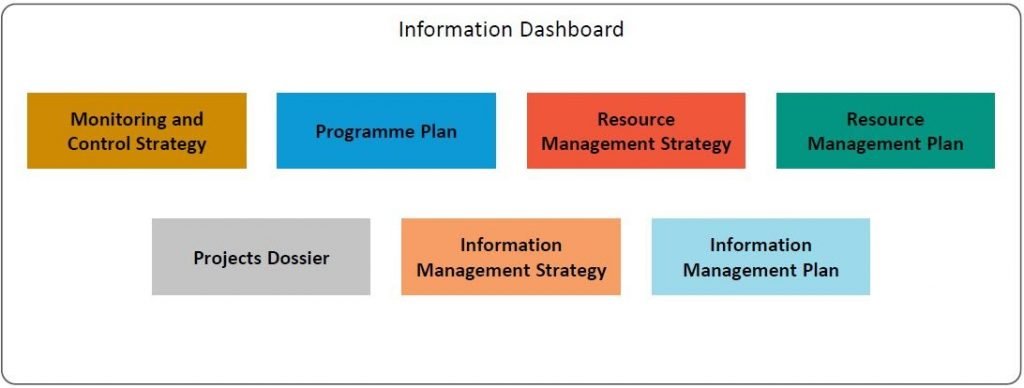
Following are few important documents used in the planning and control process:
Monitoring and control strategy
- Monitoring and control strategy defines how the program will apply internal controls to itself. It can be deployed as part of the program plan or integrated with quality and assurance strategy.
- The monitoring and control strategy document will contain the following. The monitoring and control strategy is a document that defines what controls will be in place, including project decision authority, change activities and tolerance.
- It also includes the criteria to assess efficiency and effectiveness. In addition, the monitoring and control strategy includes guidelines on how projects will be started and monitored, and how the program’s internal process effectiveness will be monitored.
- It also includes standards which need to be applied to control projects, information required for monitoring projects and margins within which the program will operate.
- In addition, the monitoring and control strategy includes escalation routes for managing exceptions.
- The document defines how to control dependencies and what performance criteria will be used to assess effectiveness.
Program Plan
- The program plan is used to control and track the progress and delivery of a program and its resulting outcomes. It may also include resource, quality, and assurance, communication, and benefits realization details.
- The program plan document will include the following. The program plan includes the overall program schedule showing relative sequencing of all projects in projects dossier.
- It also includes the dependency network illustrating project input and output relationship. In addition, the program plan includes cross-reference with risk register to explain any planned risk response activities.
- The program plan provides an explanation of the grouping of projects and major activities in tranches and points at which the end of tranche reviews will take place. Along with these, the plan includes information on risks and issues referenced during planning.
- In addition, the program plan includes transition planning information and schedules, program-level management activities, estimated effort and cost and details of how the monitoring and control strategy will be deployed.
- Resource management strategy is used to identify how the program will acquire and manage resources required to achieve a business change. The resource management strategy document will contain the following.
- The content of resource management strategy includes the details of funding requirements, budgets, and accounting procedures along with the procurement approach and contract frameworks.
- It also contains cost and expenditure profile across the program, expenditure approval procedures, and profile of shared resources.
Resource Management Strategy
- Resource management strategy also includes the list of required assets, technologies, specialist skills and subject matter experts needed. It will define how to manage human resource requirements including internal and external resources, how to transfer skills and knowledge and what should be the approach to resolve resource dispute.
Resource Management Plan
- The purpose of resource management plan is to define the arrangements required for implementing resource management strategy. The resource management plan document will contain the following.
- Resource management plan includes the schedule required to implement resource management activities. It includes the details of who will be responsible for resource management strategies, how to track the use of resources, and what will be the timing of reviews and monitoring activities.
- Resource management plan also explains how resources will be managed between program and projects and what will be the estimated effort and associated costs. The purpose of projects dossier is to provide a list of projects required to deliver the blueprint with high-level information and estimates.
The plan is also known as project register.
Information Management Strategy
- The information management strategy document will include the following. Information management strategy includes standards and processes to cover data and records management.
- It also includes the description of the naming conventions, use of terms or glossary and versioning controls. Information management strategy mentions the systems to be used to store information and the responsibilities of management and information maintenance team.
- It also defines the levels of confidentiality, security and how information integrity will be maintained. In addition, information management strategy includes the criteria to assess the effectiveness and any information audit requirements which should be met.
- It also includes the arrangements required for release management and the procedures for configuration management including responsibilities, naming conventions and baseline details.
Information Management Plan
- The purpose of the information management plan is to set out the timetable and arrangements for implementing and managing the information management strategy. It can be a part of the program plan.
- The information management plan document will contain the following. The information management plan includes the timetable required to achieve the information storage systems for storing data created during a program.
- It also includes the details of configuration management systems to be used in the program, along with the release management details. The information change control and naming conventions to be used in the program are also detailed in the information management plan.
- It defines security controls and information, filing and documentation structure for the program’s life cycle. The information management plan also mentions the schedule for availability of templates to support program governance.
- It gives an estimate of the effort and cost associated with the plan and the schedule for extraction and delivery of information to support review.
- It monitors and reports how and when information management works, and mentions who will be responsible for the actions identified in the plan.


